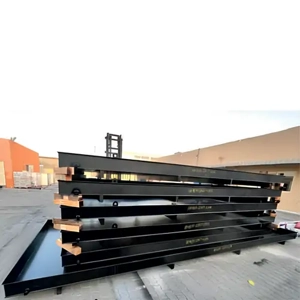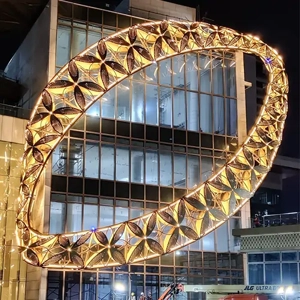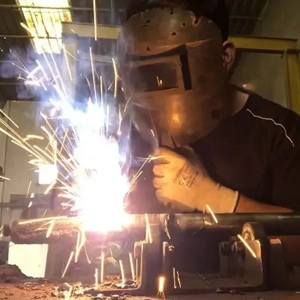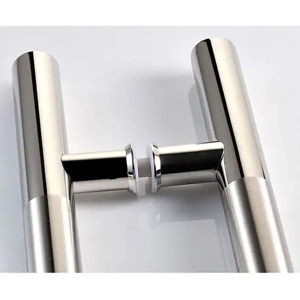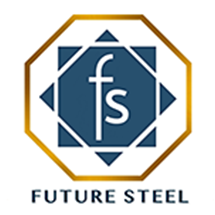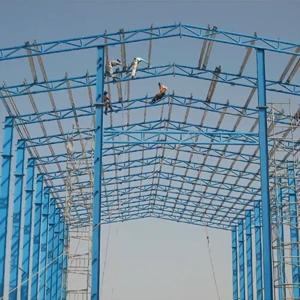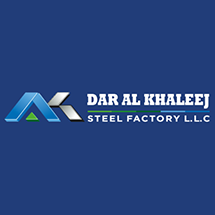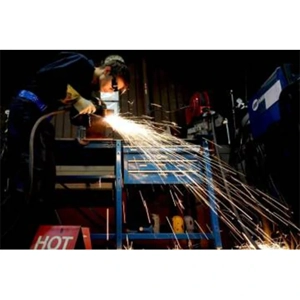Service Description : Design and Planning - The process ... Design and Planning - The process starts with the design of the steel structure or product. Engineers and designers use computer-aided design (CAD) software to create detailed plans, including dimensions, specifications, and assembly instructions.Material Selection - Different types of steel, such as carbon steel, stainless steel, and alloy steel, are chosen based on the project’s requirements. The choice of steel affects the strength, durability, and corrosion resistance of the final product.Cutting - Steel sheets or bars are cut into the desired shapes using various cutting methods, such as sawing, shearing, plasma cutting, or laser cutting. This step is essential to create the individual parts needed for assembly.Forming and Shaping - Steel parts may undergo processes like bending, rolling, and stamping to achieve the required shapes and sizes. Press brakes and rolling machines are commonly used for these tasks.Welding- Welding is a crucial process in steel fabrication that involves joining steel parts together using heat and/or pressure. Different welding techniques, such as arc welding, MIG (Metal Inert Gas) welding, and TIG (Tungsten Inert Gas) welding, are used based on the project’s requirements.Machining - Machining processes, such as drilling, milling, and grinding, are employed to create holes, threads, and smooth surfaces on steel components.Assembly - Once individual parts are ready, they are assembled according to the design plans. This may involve welding, bolting, or other methods to create the final structure or product.Surface Treatment - Surface finishing techniques, like painting, galvanizing, or powder coating, are applied to protect the steel from corrosion and enhance its appearance.Quality Control - Throughout the fabrication process, quality control checks are conducted to ensure that the fabricated components meet the required standards and specifications.Transportation and Installation - After fabrication, the components are transported to the project site and assembled or installed. This step requires careful coordination to ensure that the parts fit together seamlessly.

